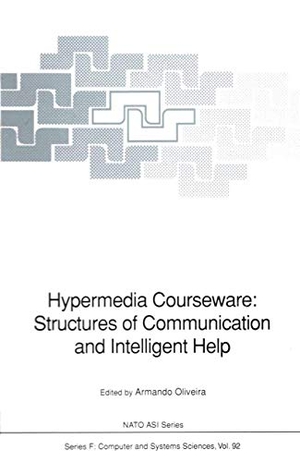Für statistische Zwecke und um bestmögliche Funktionalität zu bieten, speichert diese Website Cookies auf Ihrem Gerät. Das Speichern von Cookies kann in den Browser-Einstellungen deaktiviert werden. Wenn Sie die Website weiter nutzen, stimmen Sie der Verwendung von Cookies zu.
Cookie akzeptieren
Hypermedia Courseware: Structures of Communication and Intelligent Help
- Springer Berlin Heidelberg
- 2011
- Taschenbuch
- 260 Seiten
- ISBN 9783642777042
This book is based on the NATO Advanced Research Workshop on Structures of Com munication and Intelligent Help for Hypermedia Courseware, which was held at Espinho, Portugal, April 19-24, 1990. The texts included here should not be regarded as untouched proceedings of this meeting, but as the result of the reflections which took place there and which led the authors to revise their texts in that light. The Espinho ARW was itself to some extent the continuation of the ARW on Designing Hypermedia/Hypertext for Learning, held in Germany in 1989 (D. H. Jonassen, H. Mandl (eds.): Designing Hypermedia for Learning. NATO ASI Series F, Vol. 67.
Mehr
Weniger
zzgl. Versand
in Kürze